
Watermarked Multiple Crown CA
Updated - August, 2017

Identifying the Dominica King George V issues watermarked Multiple Crown CA is primarily a matter of determining the watermark, and then sorting between ordinary and chalk paper for the 3d and 1/ issues, sorting the color on the 1/2d, 1d, 2d, 2-1/2d, 3d and 6d issues, and finally finding the bluish paper colors for the 1/2d, 1d, 2d, and 6d issues. If that is not enough of a challenge, you can also look for the watermark varieties of which there are many.
The design was used from 1903 until it was replaced with a new design in 1923. You will find it printed on paper with three different watermarks, Crown CC, Multiple Crown CA, and Multiple Script CA. This article deals only with the King George V issues watermarked Multiple Crown CA, which were printed from 1908 to 1921 when they were replaced with stamps printed on paper watermarked Multiple Script CA.
You probably need a few copies of the stamps to accurately sort the surface and paper colors. I typically compare them against both white and black paper. Look for differences that are not too subtle. There was always variation during this time period, but typically the color changes result from mixing new ink for a second or later printing. They did not have computer color analysis during this time period, so things are just not exact. As you are sorting the 1/2d values, remember there is a green shade that is from the KEVII issues with this design.
The bluish paper issues are not really blue. They tend to be less white than the typical paper and might look a little greyish or possibly bluish. They are best seen from the back.
If you have trouble determining the watermarks on these stamps, try looking at them face down against black paper. The stamps watermarked Multiple Crown CA will appear sideways, except for the 5/ issue which was printed upright. When viewed from the back, the CA will be at either the right or the left side of the paper compared to the crown. The Stanley Gibbons catalogue indicates that most of the issues were printed with the watermark showing the Crown to the right of CA. However some were printed with the Crown to the Left of CA, and there are also inverted and reversed watermarks. The three images below shows the way the watermark should appear when viewed with the stamp placed face down.
Determining Chalk Paper for this issue, my suggestion is that you rub your finger across the face of the stamp. It will move smoothly over chalk paper, and will feel some resistance over the ordinary paper. For the record, chalk paper is really just paper with a coating which helps the ink be applied more effectively. It tends to leave a better quality impression and in many cases also will seem a little shiny when looked at under a good light source.
Unlike modern stamps which are issued in the millions, definitive sets in the early 1900's were issued very conservatively. The 1/ issue was printed in a quantity of 18,120 for the combined chalk and ordinary paper. I do not have the print quantities for the higher values, but typically they would be much lower than the 1/. Please feel free to add this information if you have it.
The catalog numbers are from the 1980 Commonwealth Five Reigns Catalogue (CW), 2013 Stanley Gibbons Stamp Catalogue (SG) and the 2011 Scott catalog (ST). Some of the catalogues show these issues in different order than you will see them here. The description and print quantities are from the Commonwealth Catalogue. Please contact Bridger & Kay to obtain a copy of this publication. You can access the other publishers using the "Links to British Colonial Stamp Sites" at the bottom of this page.
The images were saved in a larger size and at a higher resolution so
you can more easily see the details used in sorting them. Please be patient
if it takes a few minutes for this page to load.
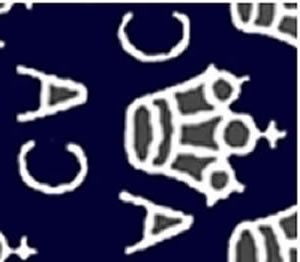 |
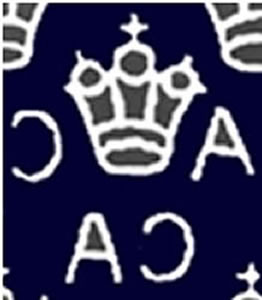 |
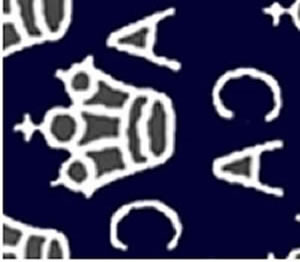 |
| Watermark Multiple Crown CA Crown to the Right of CA |
Watermark Multiple Crown CA |
Watermark Multiple Crown CA Crown to the Left of CA |
| The watermark is sideways on all stamps except for the 5/ issue. | ||
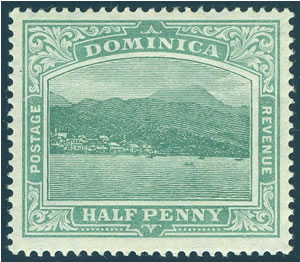 |
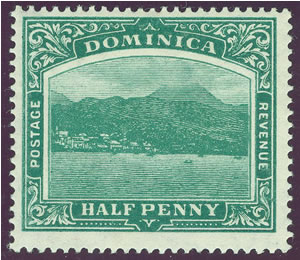 |
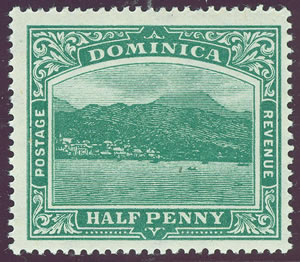 |
CW G1 - SG 47 - ST 50 1/2d Blue-Green |
CW G2 - SG 47b - ST 50 1/2d Deep Green |
CW G2a - SG 47b - ST 50 1/2d Deep Green Bluish Paper |
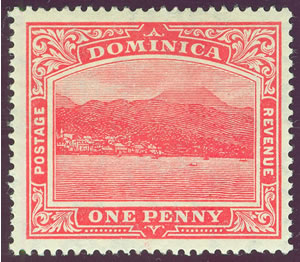 |
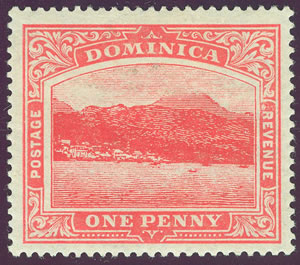 |
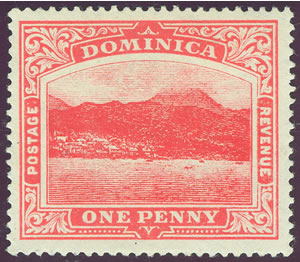 |
CW G3 - SG 48 - ST 51a 1d Carmine-Red |
CW G4 - SG 48b - ST 51 1d Scarlet |
CW G4a - SG 48b - ST 51 1d Scarlet Bluish Paper |
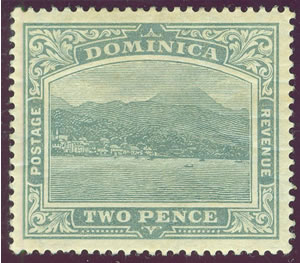 |
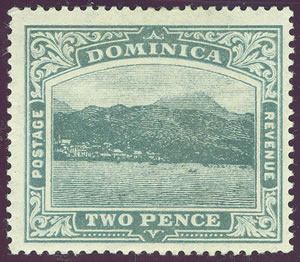 |
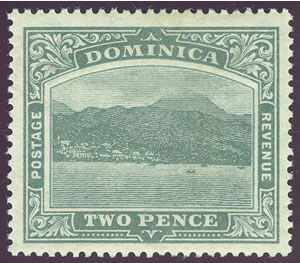 |
CW G5 - SG 49 - ST 52 2d Grey |
CW G5a - SG 49 - ST 52 2d Grey Bluish Paper |
CW G6 - SG 48b - ST 52 2d Slate |
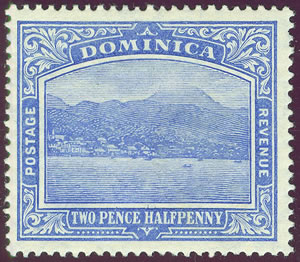 |
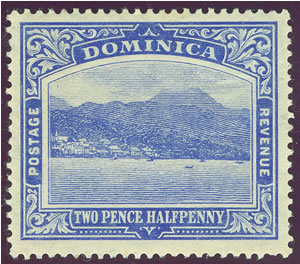 |
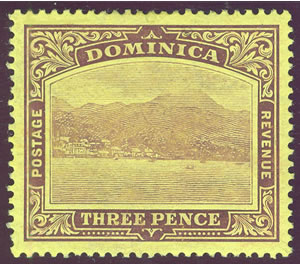 |
CW G7 - SG 50 - ST 53 2-1/2d Blue |
CW G8 - SG 50b - ST 53 2-1/2d Bright Blue |
CW G9 - SG 51 - ST 40 3d Purple Yellow Chalk Paper |
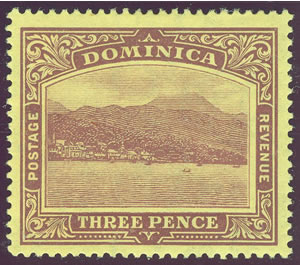 |
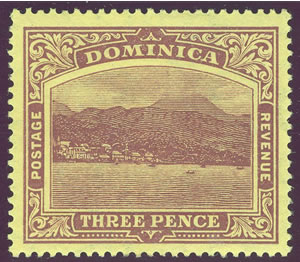 |
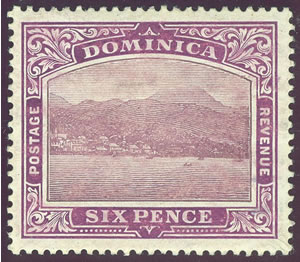 |
CW G9 - SG 51a - ST 40 3d Purple Yellow Ordinary Paper |
CW G9a - SG 51ab - ST 40 3d Purple Pale Yellow Paper |
CW G10 - SG 52 - ST 42 6d Dull & Bright Purple Chalk Paper |
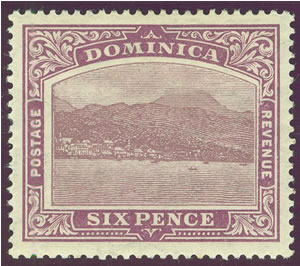 |
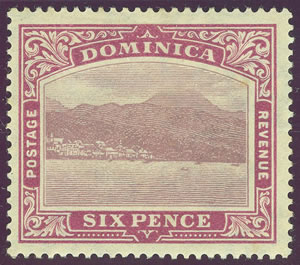 |
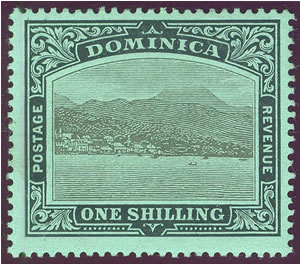 |
CW G11 - SG 52a - ST
42 6d Dull Purple Ordinary Paper |
CW G11a - SG 52a - ST 42 6d Dull Purple Ordinary Bluish Paper |
CW G12 - SG 53 - ST 44 1/ Black Green Chalk Paper |
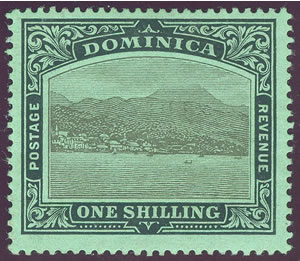 |
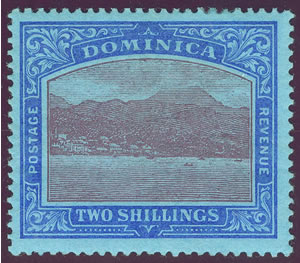 |
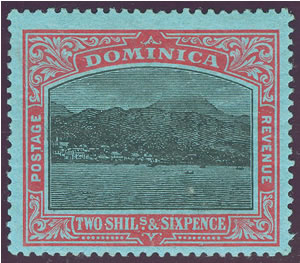 |
| CW G12 - SG 53a - ST 44 1/ Black Green Ordinary Paper |
CW G13 - SG 53b - ST
46 2/ Purple & Blue Blue Ordinary Paper |
CW G14 - SG 53c - ST 48 2/6 Black & Red Blue Ordinary Paper |

5/ Red & Green
Yellow Chalk Paper
This article was written to help you identify your stamps.
Please feel free to ask a question, or include a correction.